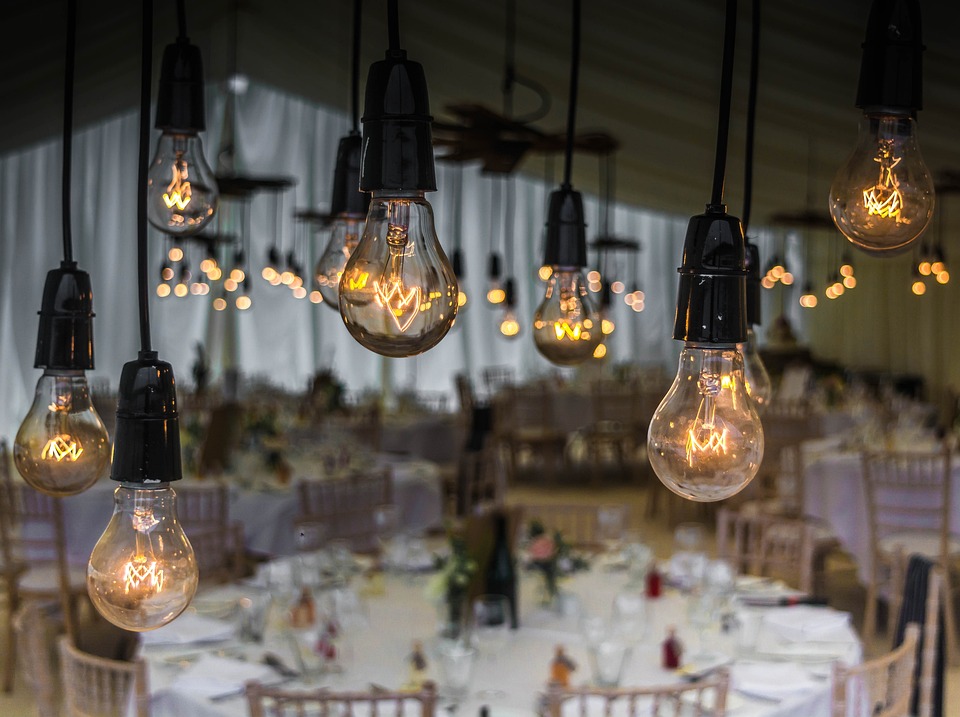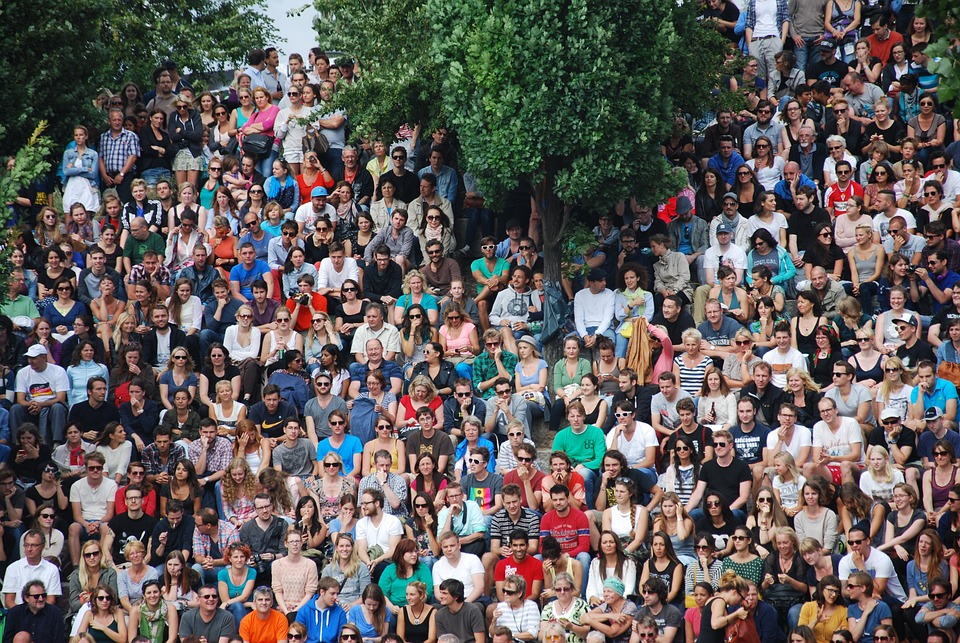The Golden Age of Hollywood: A Retrospective
Introduction
Hollywood’s Golden Age, a period spanning from the late 1920s to the early 1960s, is widely considered the peak of the American film industry. It was a time of glamour, sophistication, and unprecedented creativity in both filmmaking and storytelling. Studios such as MGM, Paramount, and Warner Bros. churned out classics that are still celebrated and revered today.
The Rise of the Studio System
During the Golden Age, Hollywood operated under a studio system in which major film studios controlled every aspect of movie production, from casting to distribution. Studios signed actors to exclusive contracts, carefully curated their image, and controlled their public appearances. This system allowed studios to churn out a steady stream of films, often releasing multiple movies a week.
One of the most prominent studios during this era was MGM, known for its lavish productions and star-studded casts. MGM produced such classics as “Gone with the Wind,” “The Wizard of Oz,” and “Singin’ in the Rain.” Paramount and Warner Bros. were also major players in Hollywood at the time, each producing iconic films that have stood the test of time.
The Stars of the Golden Age
The Golden Age of Hollywood was also the era of the movie star. Actors and actresses became household names and were adored by fans around the world. Icons such as Clark Gable, Humphrey Bogart, Marilyn Monroe, and Audrey Hepburn captivated audiences with their charisma, talent, and glamour.
Leading men like Cary Grant and James Stewart became synonymous with suave sophistication, while leading ladies like Bette Davis and Joan Crawford were known for their strong, independent characters. These stars became symbols of Hollywood itself, embodying the glamour and mystique of the silver screen.
Innovation in Filmmaking
The Golden Age was a time of great innovation in filmmaking. Technological advancements such as sound and color revolutionized the industry, allowing filmmakers to tell stories in new and exciting ways. Directors like Alfred Hitchcock, Orson Welles, and Billy Wilder pushed the boundaries of filmmaking, experimenting with techniques and styles that are still influential today.
Many of the films produced during the Golden Age are considered masterpieces of cinematic art. From the epic dramas of David Lean to the screwball comedies of Preston Sturges, Hollywood’s Golden Age produced a wide range of genres and styles that continue to inspire filmmakers to this day.
The End of an Era
By the late 1950s and early 1960s, the Golden Age of Hollywood was coming to an end. The rise of television, changing audience tastes, and the decline of the studio system all contributed to the industry’s decline. Hollywood began to move away from the lavish productions of the past, embracing new genres and storytelling techniques.
Despite the end of the Golden Age, its legacy lives on in the films that were produced during this time. Classics like “Casablanca,” “Citizen Kane,” and “Some Like It Hot” continue to be celebrated and studied by film buffs and scholars alike. The Golden Age of Hollywood may have ended, but its impact on the film industry is still felt today.
Conclusion
Hollywood’s Golden Age was a time of unparalleled creativity, glamour, and sophistication in the American film industry. The studio system, iconic movie stars, and innovative filmmaking techniques of this era have left an indelible mark on Hollywood and continue to shape the industry to this day. The Golden Age may have come to an end, but its influence and legacy will forever be ingrained in the history of cinema.



